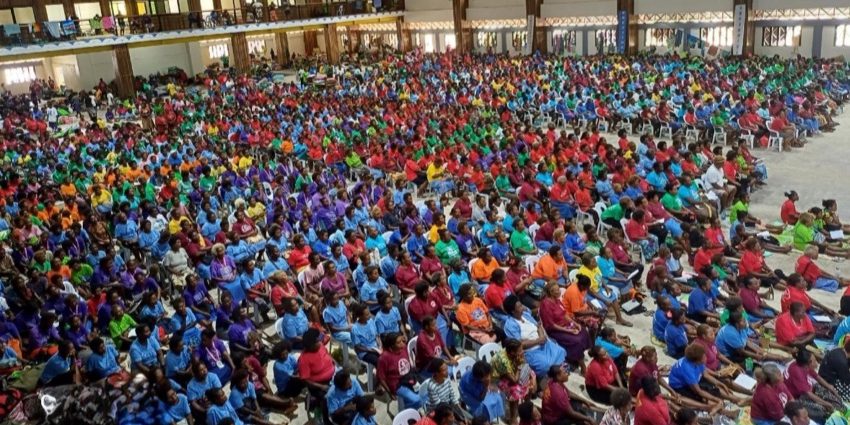The Solomon Islands has been ranked 164th in the latest global population data, with an estimated 838,645 people.
According to figures supplied by the World Population by Country 2025 Data, the nation’s population is growing at an annual rate of 2.37%, one of the fastest rates in the Pacific region and higher than that of several larger economies.
The report stated that despite making up only 0.01% of the world’s population, the implications of this growth are significant for the country.
Rapid population increase is expected to place mounting pressure on land resources, urban services in Honiara and provincial towns, and on the need for more schools, healthcare facilities, and employment opportunities for a youthful population.
Globally, the population rankings continue to be dominated by large countries. India remains at the top with approximately 1.46 billion people, followed closely by China with 1.41 billion.
Other nations in the top five include the United States, Indonesia, and Pakistan. Nigeria, Brazil, Bangladesh, Russia, and Ethiopia complete the global top ten list, with Ethiopia recording one of the highest growth rates at 2.58%.
Among Pacific island nations, the Solomon Islands’ population growth stands out. Papua New Guinea, the largest in the region, has an estimated population of over 10.7 million, growing at 1.76%.
Fiji, with 933,000 people, is growing at 0.47%, while Vanuatu’s 335,000 residents are expanding at 2.26%, similar to Solomon Islands.
In contrast, Tonga and Tuvalu are seeing population declines due to migration and other factors.
The Solomon Islands’ population density remains low at 30 people per square kilometre across its 28,900 square kilometres of land, but rapid urbanization around Honiara and other key towns is expected to challenge infrastructure and planning efforts.
Demographic experts note that robust population growth will require strategic investment in education, training, healthcare, and infrastructure.
“The country’s young population offers potential for economic dynamism if sufficient opportunities are created.
“However, without proactive policies, the pressures of rapid urbanization and limited land resources could hinder development,” one expert said.
Regional trends also highlight areas of concern. While countries like Japan and China are facing population decline due to ageing populations, African nations such as the Democratic Republic of Congo and Niger are seeing some of the fastest growth rates worldwide.
For the Solomon Islands, these global shifts underscore the importance of managing growth sustainably and advocating for targeted international support, particularly in climate resilience and economic diversification.
This report is based on the “Current World Population Data” provided to the Solomon Star newsroom.
Figures are presented as received, with some numbers rounded for clarity. Rankings cover 234 countries and territories.
By ULUTAH GINA
Solomon Star, Gizo









